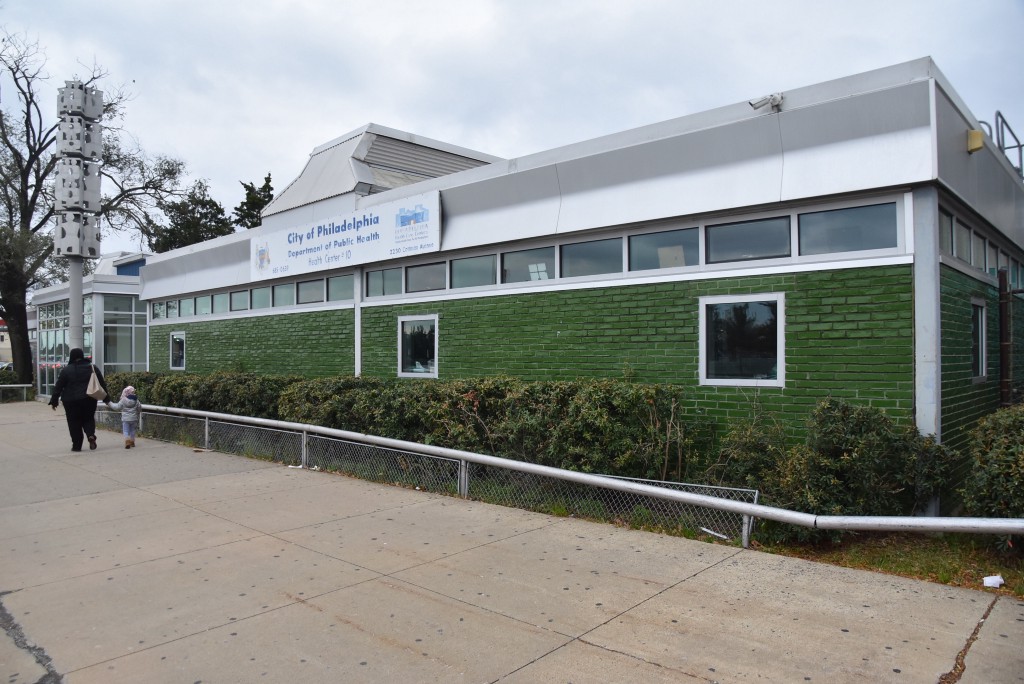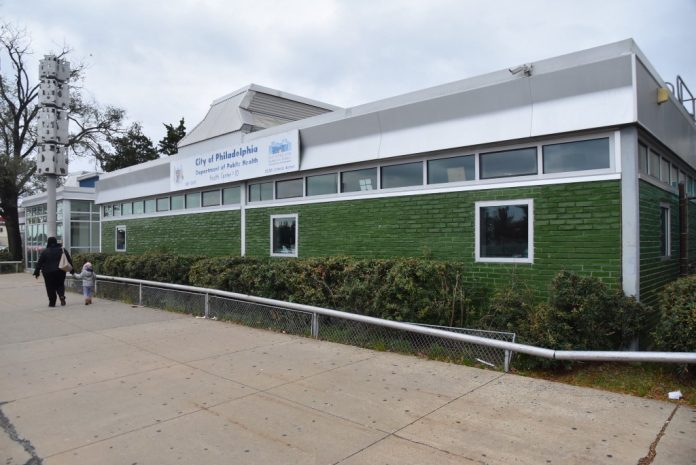City report shows a lack of primary care providers in some Northeast Philadelphia neighborhoods.

A recently released city report shows that sections of Northeast Philadelphia have a shortage of primary care providers.
The report, which was published Oct. 23 by the city Department of Public Health, has ignited discussions about how to increase the number of primary care providers and health clinics in the Northeast.
Overall, there is one primary care provider for every 1,243 residents citywide. However, some census tracts in the Northeast, including portions of Lawncrest, Castor Gardens, Oxford Circle, Wissinoming, Tacony and Frankford, have more than 3,500 people for every primary care provider, according to the report.
The federal government designates those areas as primary care health shortage areas, the DPH said.
“The foundation of our health care system, and the portion that keeps people healthy, is the primary care system,” city Health Commissioner Dr. Thomas Farley said during a news conference last week. “This report points out the need to shore up that system — especially here in the Northeast — so that people can be treated early, before they need hospital care.”
People with Medicaid also have fewer options in the lower Northeast, the report found. The Medicaid population-to-provider ratio was high in many of the same neighborhoods as well as portions of Mayfair and Holmesburg. Not all primary care doctors accept Medicaid.
Even people with private insurance can struggle getting appointments, according to the report. Researchers conducted a survey and found only 53 percent of providers in the Lower Northeast Planning District — which includes Summerdale, Frankford, Northwood, Oxford Circle, Lawncrest, Lawndale and Castor Gardens — had appointments available to privately insured patients. The rate citywide was 85 percent.
In addition, some census tracts in the Northeast had high rates of people without insurance. In portions of Castor Gardens, Lawndale, Rhawnhurst, Mayfair, Northwood, Tacony and Wissinoming, the uninsured rate was more than 23 percent.
Compounding the issue is the lack of community health centers in the Northeast. Those clinics tend to be able to serve more people without insurance and non-citizens.
Of the eight city-operated clinics and 46 federally qualified health centers, there is only one in the Northeast — Health Center 10, 2230 Cottman Ave.
Of course, people do not have to see doctors in their neighborhood, but experts say close access to primary care is important.
“A lot of folks have barriers that keep them from going to any provider, and a big barrier is transportation,” said Laura Line, a healthcare consultant and advocate.
“If you don’t have a car, you’re not going to be able to necessarily take two buses or a bus and a subway across town to go to a provider and then wait for your appointment if you work,” she added.
Line said lower-income residents may have jobs that do not allow them enough time off to travel to an appointment.
Health Center 10, which is run by the city, does a great job helping a diverse population, Line said, but the clinic can do only so much.
“I think the need greatly exceeds the supply,” Line said.
For years, there has been talk of DPH establishing a second health center in the Northeast. However, it doesn’t appear like that will happen in the near future.
“One of the potential options is expanding the department’s footprint in the Northeast, but we don’t have any concrete plans or timelines for that at this time,” DPH spokesman James Garrow told the Times.
DPH is currently working on a project at Health Center 10 to add more patient rooms, according to Garrow.
The report includes a number of recommendations. It calls for health systems and federally qualified health centers to expand services in the Northeast and Southwest Philadelphia, another area that lacks providers.
Garrow said DPH can’t require providers to set up in the Northeast. However, the department will encourage them by publicizing the shortage and asking organizations to address the need when they file grant applications and community benefit plans.
Line encouraged all residents, especially those without insurance, to consider their healthcare options. Open enrollment for HealthCare.gov begins Thursday, Nov. 1 and continues to Dec. 15. ••






